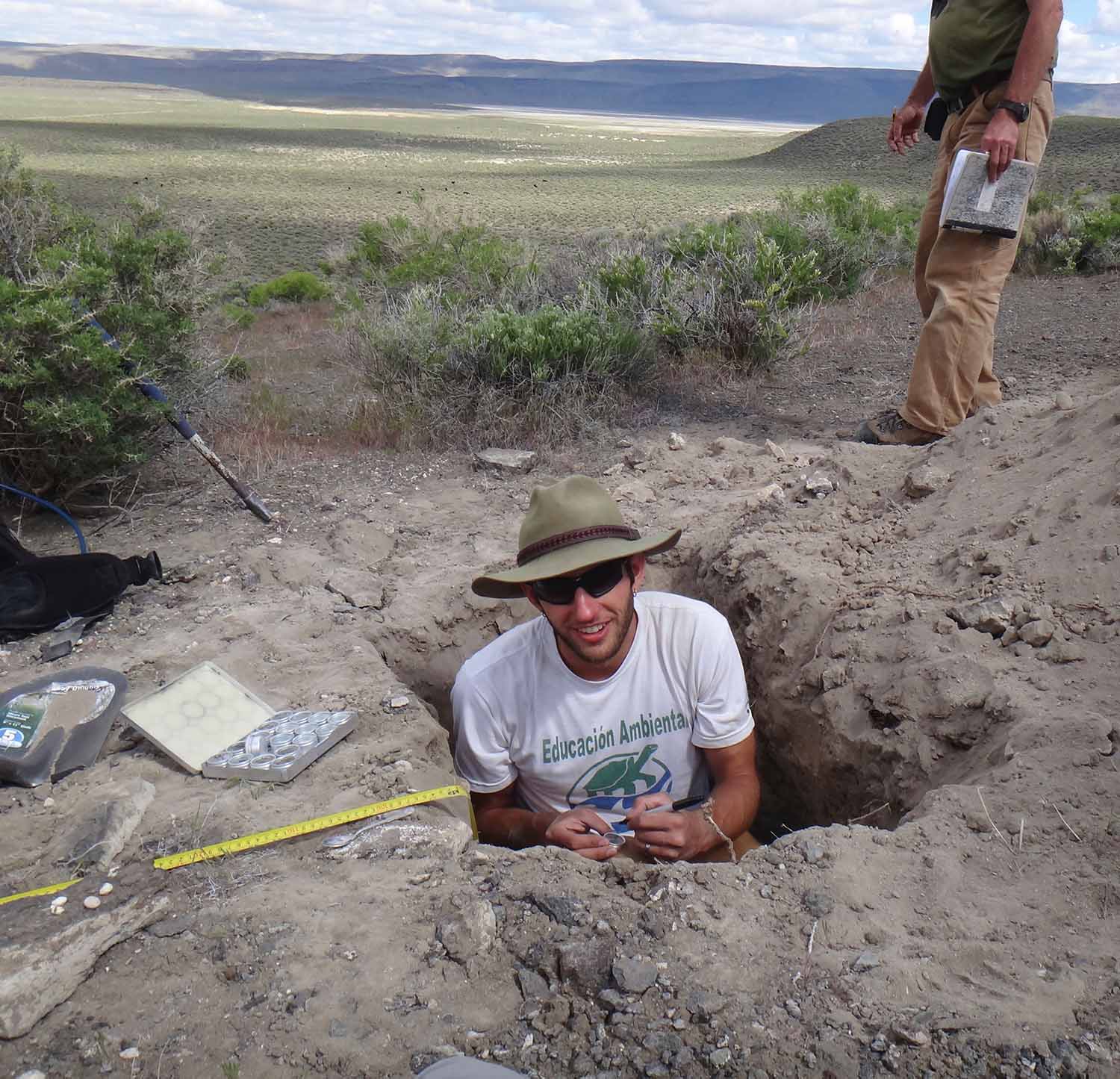Date
5.24.2022
Abstract
Chemical (isotope) compositions of fossils in archaeological sites can provide useful information about animal habitats and diet, yielding insight into the environmental conditions experienced by prehistoric people. Isotopes of fish remains in archaeological context have received relatively little study, despite excellent prospects for examining past aquatic habitats. The Paisley Caves archaeological site, located in southern Oregon, U.S.A., contains thousands of fish fossils that span its entire occupation history. This provides a unique opportunity reconstruct changing aquatic resources and drought conditions in the deserts of southern Oregon for the past 15,000 years.
Biographical Information
Adam Hudson is a geochemist at the U.S. Geological Survey in Denver, Colorado, where he currently leads the Denver Radiogenic Isotope Laboratory. He received his PhD from University of Arizona in Geosciences, with a minor in Anthropology/Archaeology.
His research specializes in lakes, wetlands, and soils, with a focus on carbonate minerals that form in these settings. He is particularly interested in what the chemical composition of carbonates can say about the environmental history of these types of environments. His main research goal is to understand what affects water availability in arid regions. He has done research in Tibet, the Andes, and the western United States. His current research is focused in the US Great Basin, Alaska, and the southern Rocky Mountains.
